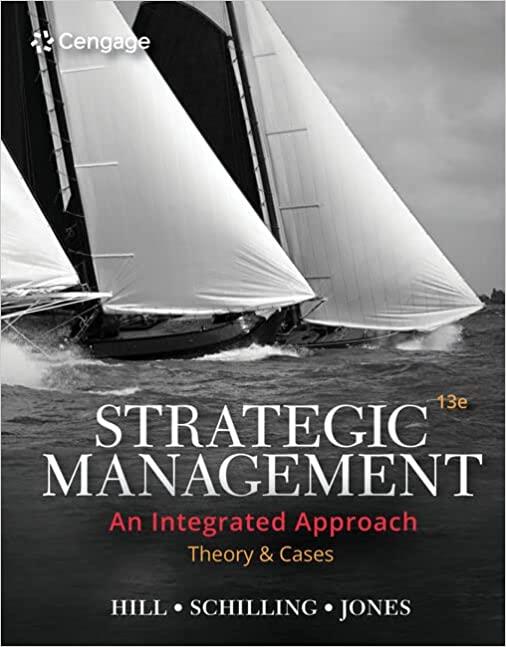
O Homework In April 2012, the board of directors of Cap & Seal agreed to give management an exclusive opportunity to acquire the company at a price determined by an independent appraisal. Cap & Seal held a dominant position in its core business, specialty injection molded plastics, occupying a growing niche in which it controlled an estimated 50% market share. Its product category had not existed 20 years earlier. Demand was growing rapidly as potential users became aware of the product and as new uses were developed. In this environment, the company had achieved annual compound sales growth of nearly 14% over the previous 5 years Upon examining an independent appraisal and other offers to purchase Cap & Seal, the Board of Directors approved $420 million as a fair price for the market capital (debt and equity) of the company. Management was committed to roll over $37.5 million into the equity of Cap & Seal as follows (in $000s) Market Cap Less: Existing debt 420,000 240,063 14,060 Implied Value of Common 165,877 Less: Repurchased Stock 128,377 37,500 Preferred stock Equity Rollover Management's rollover represented 22.6071% of the 9259259 outstanding shares of the company. In addition to refinancing the long-term debt, the new equity would have to repurchase all of the preferred stock but could assume the liability of the unsecured notes (S10.17 milion) on the then existing terms. Financing would need to provide for $19.7 million in fees and other closing costs (including the penalty for prepaying outstanding notes) The transaction would be structured as an acquisition of stock in order to avoid the reassignment of contracts with existing customers. For accounting purposes, it was decided to account for the buyout as a recapitalization so that no goodwill would be recognized. The rest of the equity was to be provided by the First Manhattan Corp. 's (FMC's) merchant banking unit. Management demanded that the common equity be split with the sponsor in proportion to the value of the equity contributions at closing, with management shares valued at $37.5 million. The secured term loan is 55% of total debt (secured debt assumed subordinated debt, and mezzanine financing) and required that 20% of the purchase price be equity (management rollover plus sponsor's equity). Exit EBITDA multiples in the range of 6 to 8 times were considered conservative at the time of the transaction. However, Jones was determined not to do the deal if FMC could not attain a 35% return on its equity stake at an enterprise value of 5 times 2017 EBITDA and 4% exit expenses. At the time of purchase, several accounts had the following balances Cash Senior Debt ST Debt Preferred Stock Unsecured Debt 23,145 202,370 27,523 14,060 10,170 Create a sources and uses of funds using the above information







